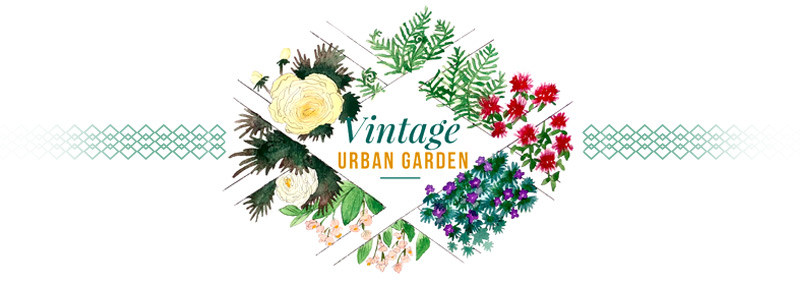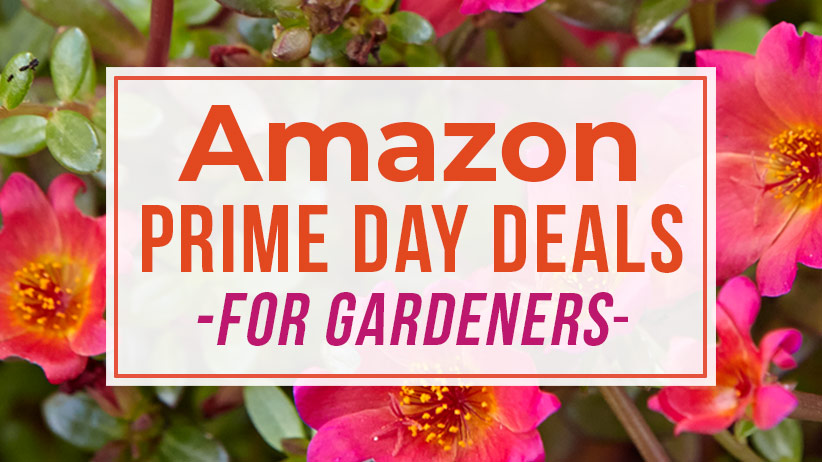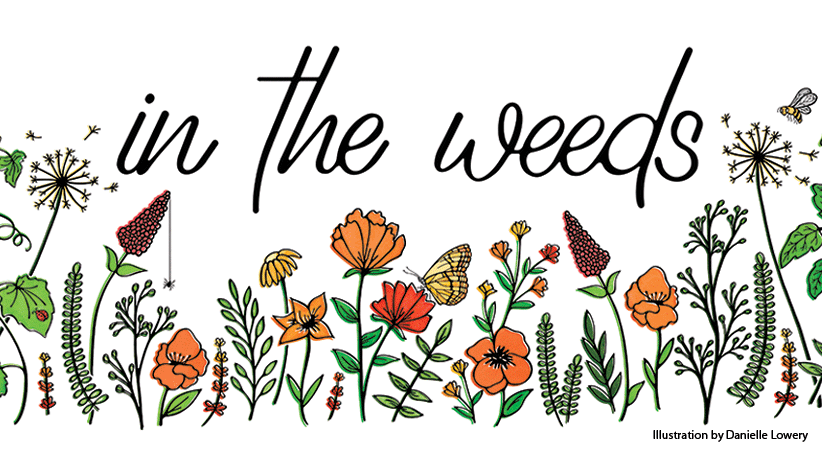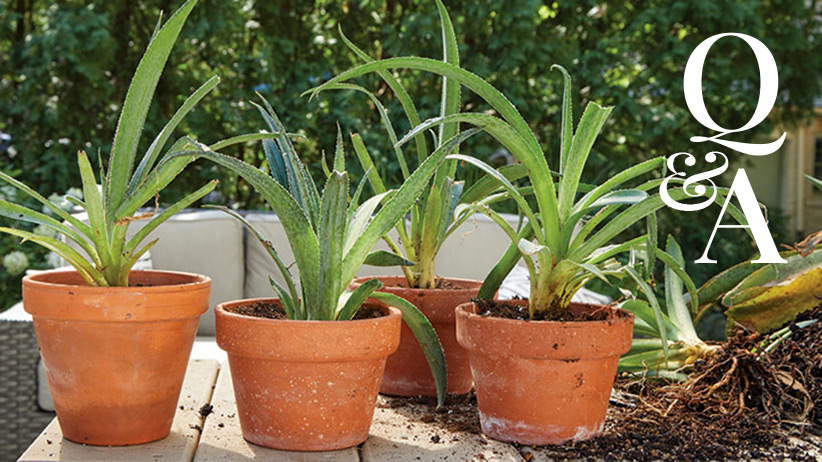
September has ushered in the slightest drop in temperatures, just enough to rekindle my motivation to be out in the garden. The extreme heat of August wore me and my garden out, and so I've been teetering between waving a white flag and letting the garden slowly wind down for the season, or picking up the hoe with a vigor and grit that only a harrowing blizzard could squash.
Though I'm determined enough to keep plowing ahead, I've often found myself wandering from one raggedy corner of the garden to the other, back and forth in puzzlement. What really needs to happen to make beauty out of this transition from summer to fall?
It's not quite time for a full-on fall clean up. There's still a lot of life to be had in this garden of mine — and yours, too, I'm sure. So to help you and me revive our late-summer gardens, I've gathered up a list of 6 easy tasks. Knock one out each evening for a week, and your garden will be looking spiffy for the fall season ahead. Don't give up on the garden just yet!

1: Refresh Your Containers
You might not be ready to plop a pumpkin on your front step, but you can add some classic fall-blooming plants to your entry containers to give them a fresh new look. Here are some no-fail options:
- Marigolds
- Calendula
- Flowering kale
- Celosia
- Purple fountain grass
- Mums
- Fall-blooming perennials such as tall sedum (you can plant them in the garden afterwards!)
Psst. Check out these containers for some inspiration:
Fall Containers With Ornamental Grasses
Cool-Colored Fall Container Ideas
Mum and Kale Fall Container Recipe
Butterflies Love This Fall Container
Warm-colored Fall Container Recipe
Or maybe your containers are still looking gorgeous (good job!) and don't need any additional plants. Here's my suggestion: Rearrange your containers to create a new combination of planters and pots and give yourself a new view. If you have a few great looking containers and a few not-so-great looking ones, put all the beautiful ones together in a high-traffic spot, such as the front entry.
2: Remove dead and ragged limbs, stems and plants
Grab a pair of snips and snip away anything in the garden that is dreary, dried or dangling. This perennial deadheading guide will help you trim back the right parts to ensure the plant stays healthy and attractive.
I have a lot of beastly shrubs in my garden: Large shrubs that have gathered quite the collection of lanky and intrusive new growth that reaches over into unwanted places, disrupts views and is overall untidy. I went crazy with a hedge trimmer. Be careful with spring-blooming shrubs, however. They have likely already set buds for next year and you don't want to prune them off and miss out on those blooms. Here's a handy shrub pruning guide for your reference.
3: Plant those plants you've been holding onto
Do you have plants that have been sitting in their nursery pots since you first purchased them in the spring? This is your friendly reminder to go outside and get them in the ground. If you aren't sure where you want them to be for the long term, create a holding bed and stick them there. This gives them the chance to continue growing and thriving while you find the perfect spot. (If you're curious, you can read about holding beds here.)
4: Remove the biggest weeds and clean up the edging
A garden bed overrun with weeds is overwhelming. You could whack it all back or just ignore it, but another easy option is to focus on removing the largest, most noticeable weeds throughout the bed. Then concentrate on cleaning up the edging. Remove all of the weeds growing between edgers and any creeping out over the edge of the bed. If you have a cut edge (or are lacking any edging), sharpen the edge of the bed up with a shovel. A clean edge quickly tames a garden bed and gives your garden a tidier appearance overall.
Related Post: Best Garden Edgers
5: Organize your watering station
Are you sick of watering yet? You might benefit from a quick reorganization of your watering tools and gear. In Iowa, I've learned to not be fooled by late summer's first brisk breeze. I know there will be another week or so of scorching heat lurking sometime in the next two months to surprise us, and I'll need my watering wand at the ready.
To organize my tools and the space around my spigot, I'm:
- Fixing one of my broken garden hose holders. (And internally committing to winding the hose up and hanging it after each use, fingers crossed.)
- Replacing the various hose spray nozzles that I've misplaced or broken this season.
- Finally investing in a hose splitter, too. I'm tired of dragging my hose from the front to the back and vice versa.
- Lastly, because the spigot is tucked into a weedy section of my sideyard, I'll use a string trimmer to cut back the weeds. They seem to always been in my way as I move the hose.
Whew. No wonder my garden has been so thirsty lately. Watering has been more difficult than it needs to be.
You Might Also Like:
Different Types of Garden Hoses
How to Water Perennial Plants
Save Water With This DIY Rainbarrel
How to Plant a Low-Maintenance Gravel Garden
6: Take a walk with a notepad
This tip is for your future self to prevent feeling this garden fatigue next year. Grab a pen and paper and take a slow stroll through your garden. Answer these questions:
- Which plants are not thriving right now that should be? Record your observations about why this may be.
- Which plants are you really loving right now? Can you find a way to grow more of this plant in hopes of a fuller garden at this time next year?
- While plants are still full, before leaves have fallen and stems break, observe how much space your beds actually have available for plants. Is anything planted way too close? (If you do the majority of your planting in spring, it's so easy to overplant while the plants are young and small.) Make a list of plants to divide or dig up and give away in a few weeks.
- Make a simple, realistic list of large-scale tasks or projects that you can still fit in during the next two months or so of the gardening season. Does a bed need expanding? Does any hardscape need repair? Is there a garden feature you wish to install? This list can serve as a collection of goals to keep you motivated and productive for the rest of the season. (That being said, you may prefer to just enjoy the waning garden this time of year. A very valid choice indeed.)
You get bonus points if you are already an avid garden journaler — record this season's notes right in the pages of your journal for easy keeping.

Check Out My Previous Posts:
Children's Books About Gardening
To Deadhead or Not?
My Houseplants Are Vacationing
My Entryway containers
My Garden’s Story
















